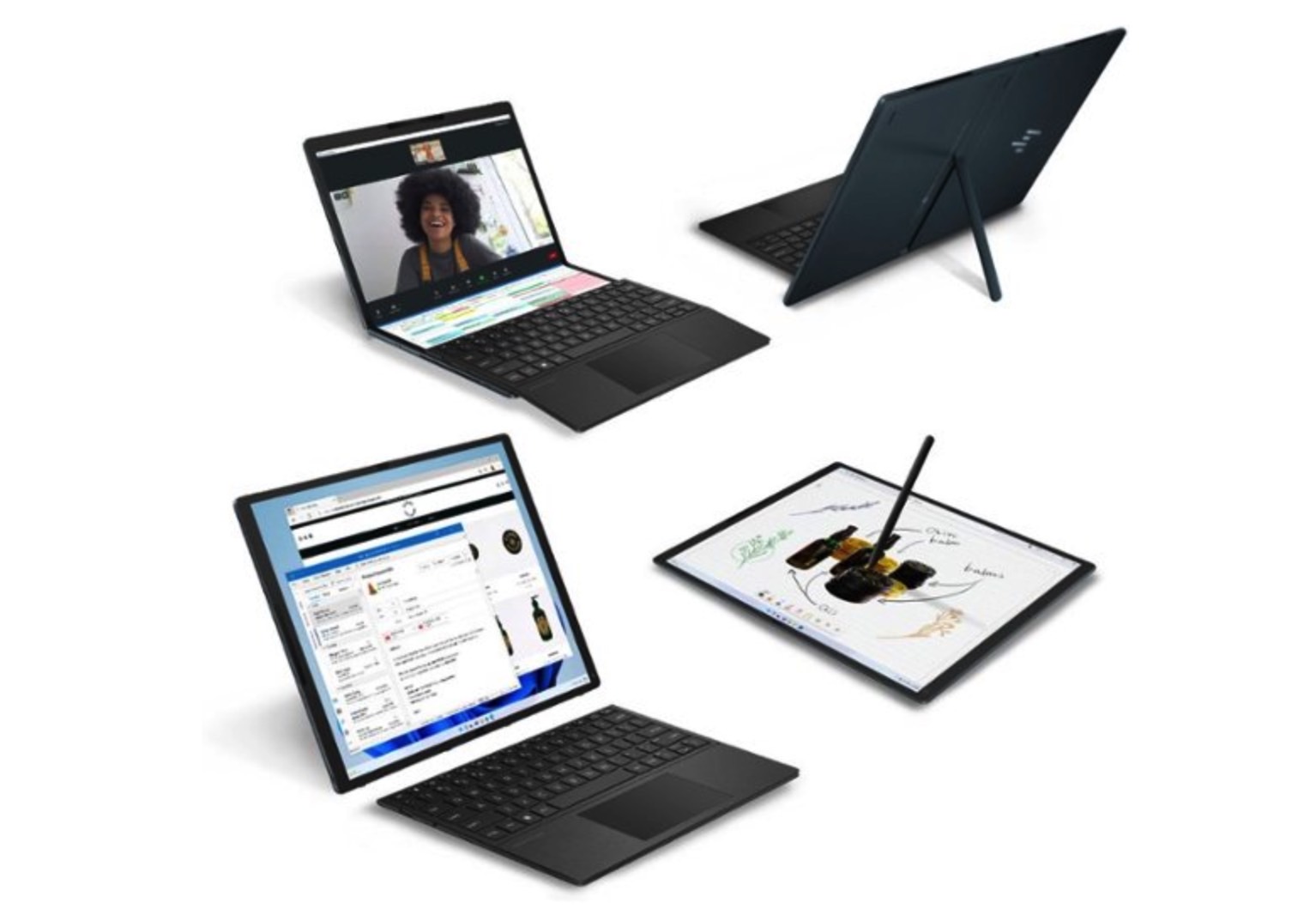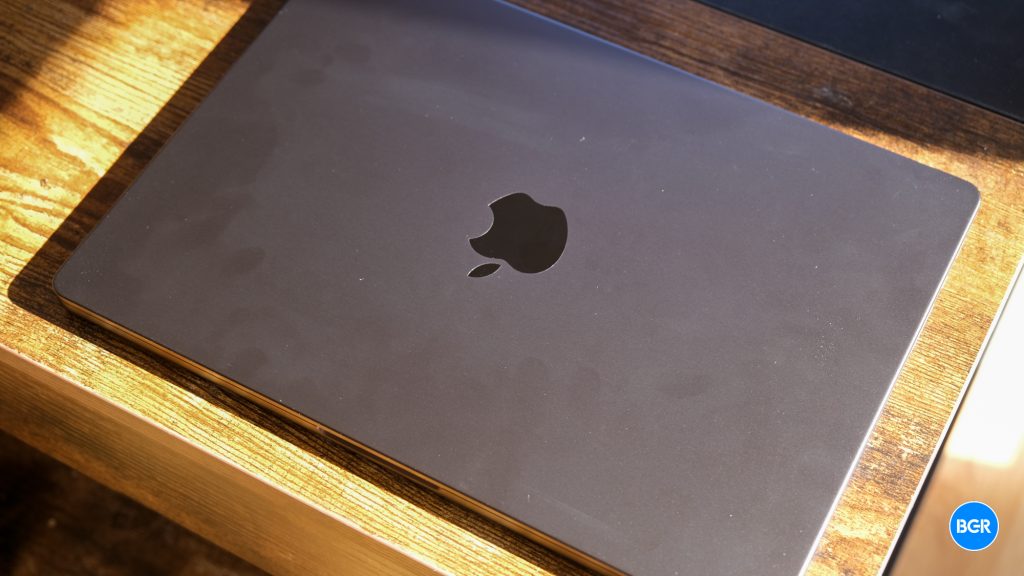Two separate sources with great track records at reporting Apple rumors said last week that a foldable MacBook is on track to launch at some point in 2026. The expensive device could hit stores even earlier than expected, possibly featuring a crease-free display and the M5 chip.
The foldable MacBook would look just like a MacBook Air when folded or operated in laptop mode. Perfectly unfolded, the device would become a massive 18.76-inch tablet or desktop display.
What’s interesting about the two foldable MacBook leaks is that they both focused on hardware. But another key development needs to happen for us to get to a foldable Apple laptop/tablet contraption. The operating system needs to change. iPadOS has to behave more like macOS. Or macOS needs to get a different user interface allowing touch controls.
There’s also a third variant. The foldable MacBook could dual-boot macOS and iPadOS, and you’d switch to the operating system you need to get the job done.
Tech. Entertainment. Science. Your inbox.
Sign up for the most interesting tech & entertainment news out there.
By signing up, I agree to the Terms of Use and have reviewed the Privacy Notice.
Put differently, the foldable MacBook rumors make me hopeful about iPadOS 18 and macOS 15.
When Apple launches its first foldable laptop/tablet, it won’t be the first such device on the market. We saw Windows device makers come up with such laptops years ago. Lenovo and HP are two such examples. However, they could do it because the underlying operating system already supported touch input. That’s Windows, of course, which has supported touchscreens for years.
You need touch support on a foldable device that becomes a tablet when unfolded. There’s no question about that. The touchscreen will be your primary way of interacting with it. Sure, you’ll be able to prop up the display against a stand and turn it into a desktop display for a more productive work session. But it still has to work as a tablet.
Say you want to use the foldable MacBook in your lap like a traditional model. You could pair it with a physical Bluetooth keyboard, and I’m sure Apple will love nothing more than to sell you one. The alternative is using the bottom half of the screen as a virtual keyboard. Touch support is needed for that.
 The various modes of the HP Spectre Fold foldable PC. Image source: HP via Best Buy
The various modes of the HP Spectre Fold foldable PC. Image source: HP via Best Buy
No matter how you look at it, macOS will need to support touchscreens by 2026. This will also impact the user interface. Menu items, buttons, and app icons will need to be large enough so you can target them with your finger.
Then again, iPadOS already supports touch. What if the foldable MacBook will be sold as a foldable iPad with iPadOS running the show? Well, in this case you’d end up with the same problem that’s affecting the M4 iPad Pro. iPadOS isn’t good enough for productivity.
The design and limitations of Stage Manager make iPad multitasking unsuitable for my needs. I already said I want to buy the M4 iPad Pro, but not until iPadOS 18 rolls along. My hope is that Apple will make the iPad feel more like a Mac, even though its marketing teams are telling a different story.
Back to the foldable MacBook, the device will probably be as expensive as a Vision Pro device, considering the costly components Apple will use to make it. Kuo said the foldable panel and hinge alone might cost as much as $900.
Anyone paying top dollar for a foldable MacBook will also want it to be a powerful computer. Having the M5 chip inside isn’t enough if this computer runs the same iPadOS experience we get now.
This brings me to the reason I’m hopeful about iPadOS 18 and macOS 15, which are going to be unveiled in the coming weeks. If the foldable MacBook is coming in 2026, I expect Apple to be laying the groundwork for the operating system that will run on that device.
We’re either going to see the iPad get better multitasking features, or we’ll see macOS see UI changes that will make possible the introduction of touchscreens in the near future.
With everything it does, Apple takes a carefully planned approach. It’ll want to test software features well ahead of the foldable MacBook’s arrival. It’ll want potential buyers to already know the operating system before the new form factor debuts.
Apple could always postpone the changes it needs in iPadOS and/or macOS to next year. After all, rumors about iPadOS 18 and macOS 16 do not hint at any massive changes this year, with AI being the main addition to all of Apple’s operating systems this year. But I’d still expect big changes for iPadOS and macOS if a foldable MacBook is coming in 2026.

